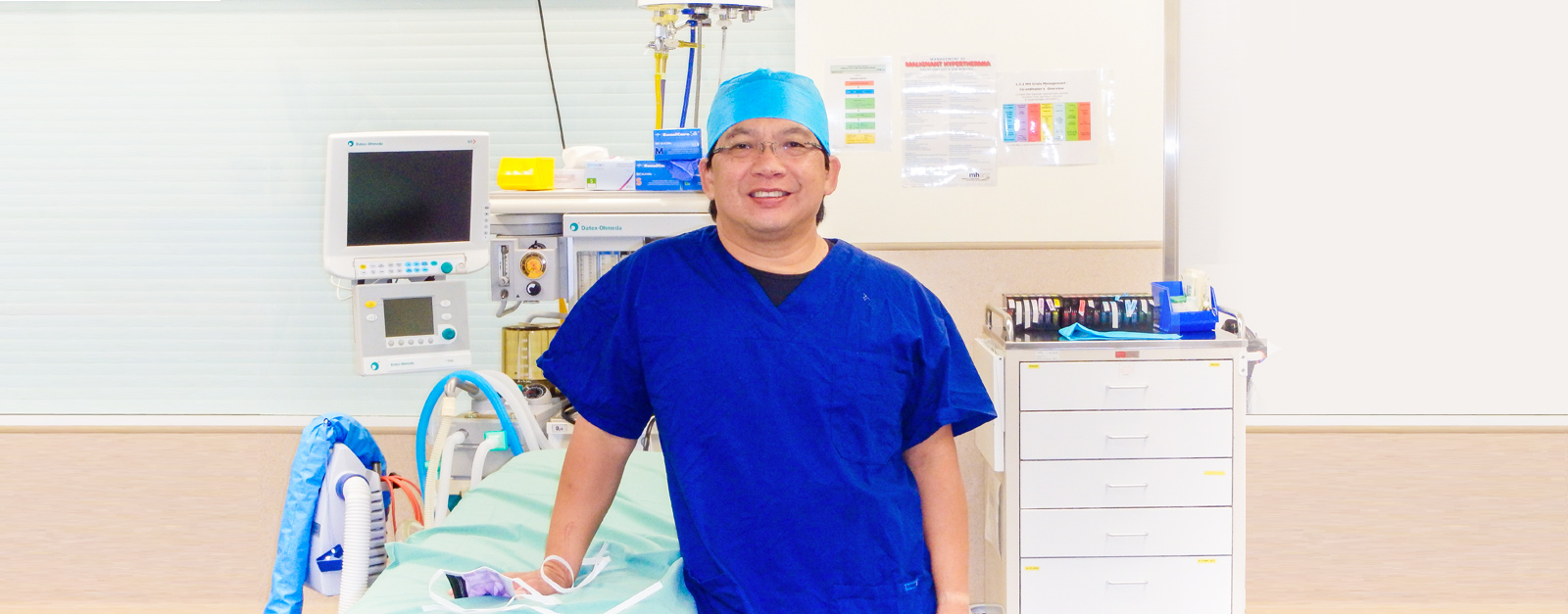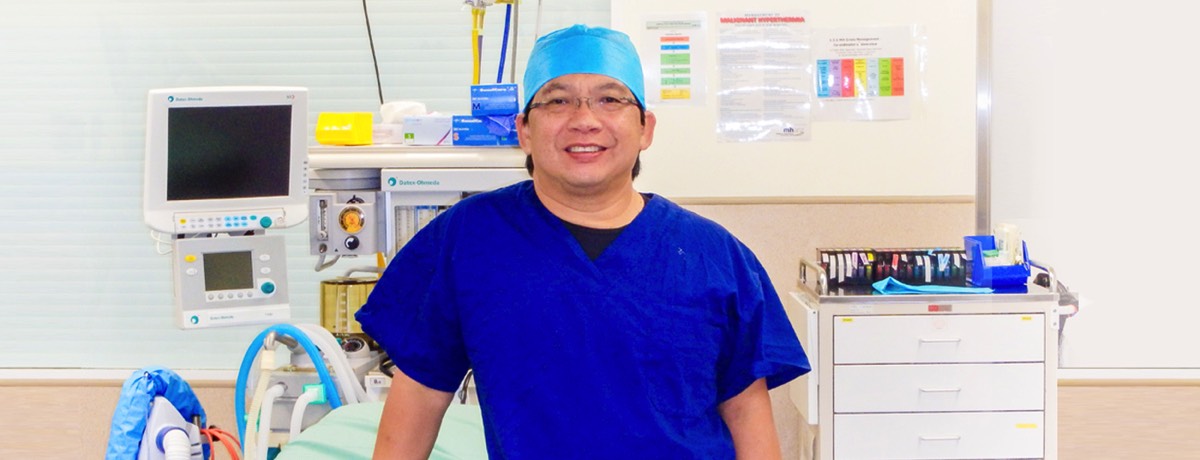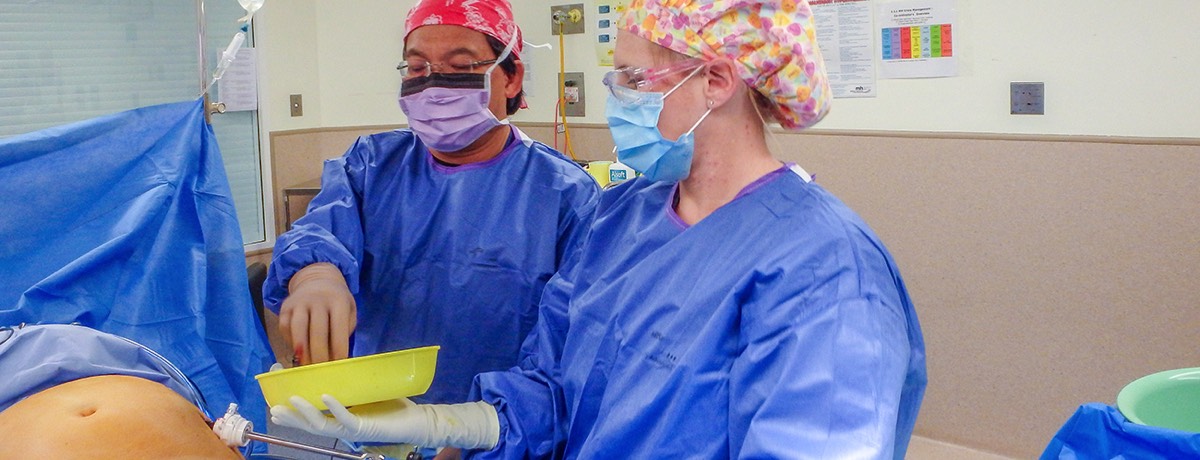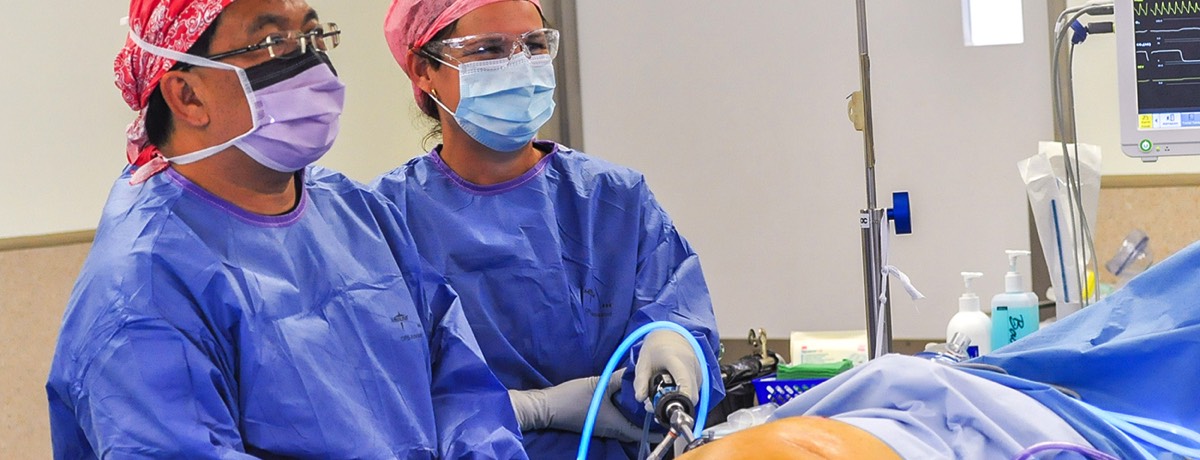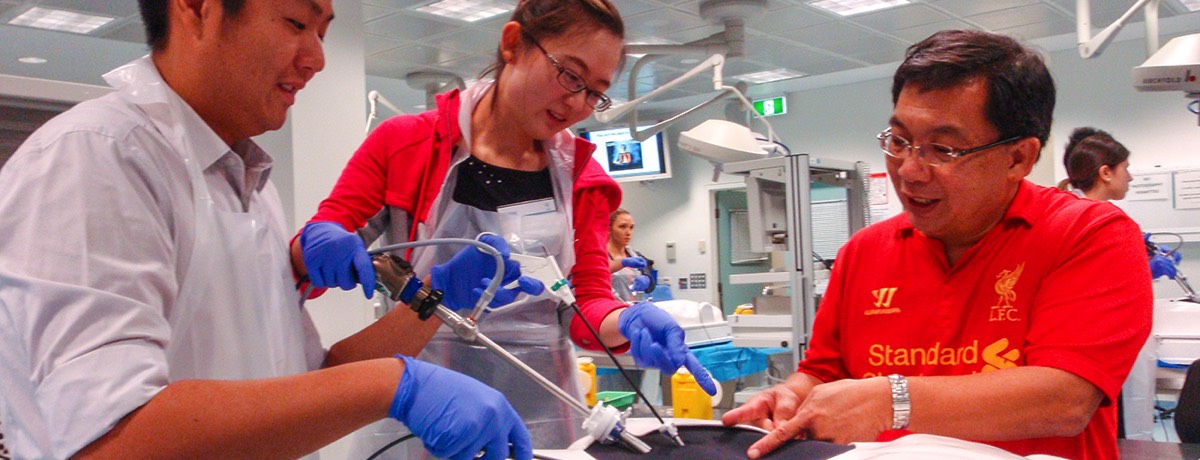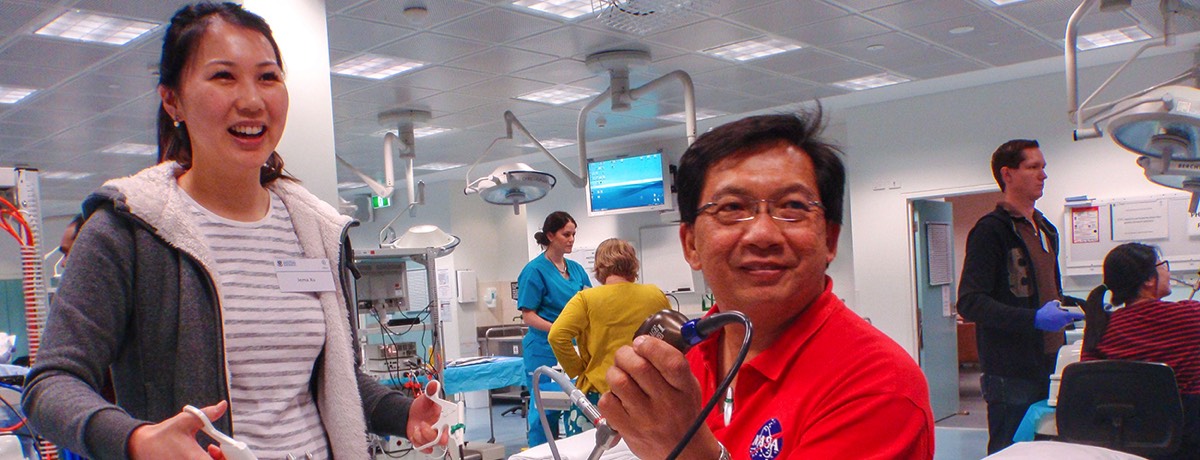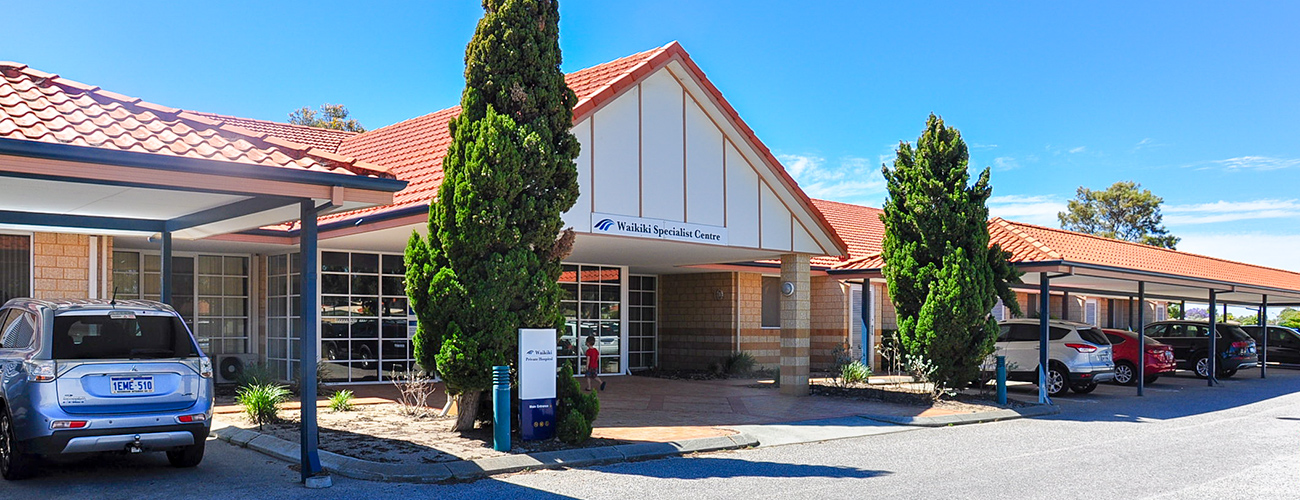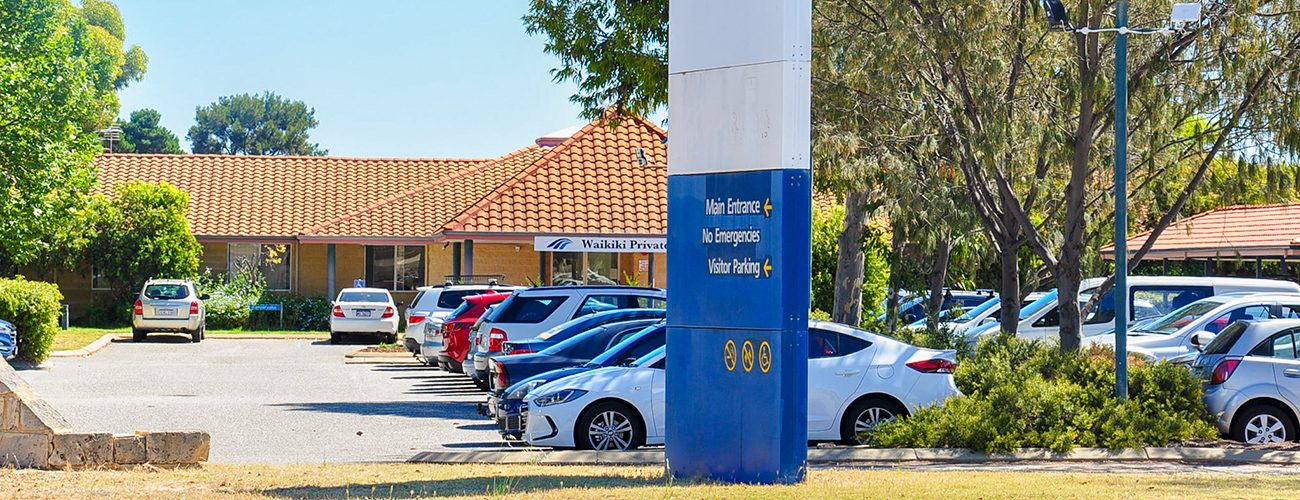Abdominal wall reconstruction
With a hernia which has a large defect, the abdominal wall edges are widely separated. It is often difficult to bring the muscle edges together to close the hernia defect.
Even when it is possible to do so, the resultant repair will end up with a repair under high tension. This would result in a high rate of hernia recurrence.
Even when it is possible to do so, the resultant repair will end up with a repair under high tension. This would result in a high rate of hernia recurrence.
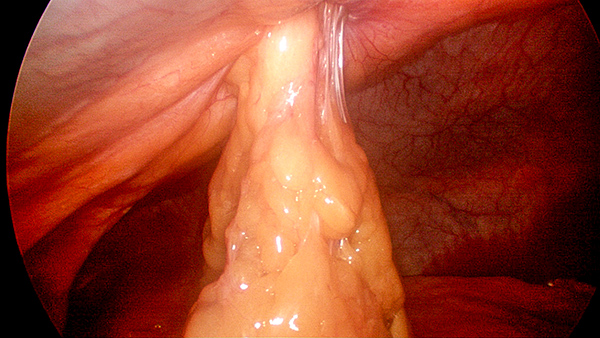
These hernias will require more advanced repair (abdominal wall reconstruction and abdominal wall component separation), involving incision on some layers of the abdominal wall muscle to allow further relaxation of the abdominal wall muscles to enable closure of the hernia defect.
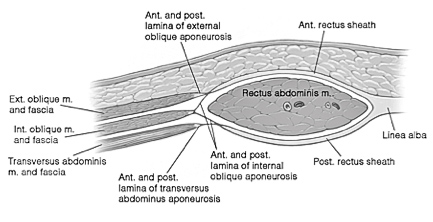
Abdominal wall muscle.
These component separation repairs are major complicated operations. They are typically only performed by a limited number of surgeons who have had dedicated training in this. Mr Ahmad has had considerable experience in this technique, with experience gained after spending time with Professor Todd Heniford of Carolinas Medical Centre, North Carolina—one of the premier hernia surgeons in the world.
Abdominal Wall Reconstruction/Component Separation Repair
These open procedures are used for repair of complicated ventral or incisional hernias.
An incision is made over the site of the hernia, and the hernia content is reduced into the abdominal cavity.
An incision is made over the site of the hernia, and the hernia content is reduced into the abdominal cavity.
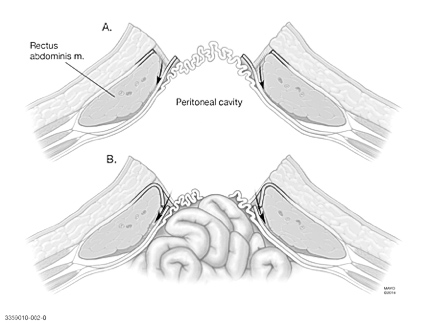
Hernia reduced.
The deepest of the three muscles attached to the rectus abdominis is divided. This allows the hernia defect to be closed.
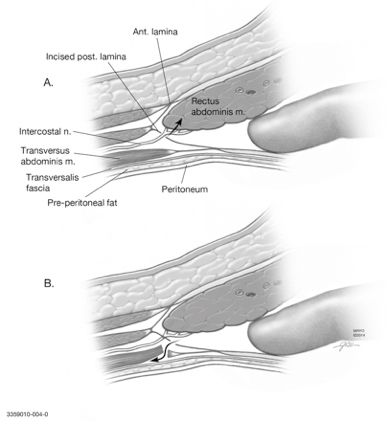
Muscle divided.
A large piece of mesh is then placed in the resultant space to cover and reinforce the hernia.
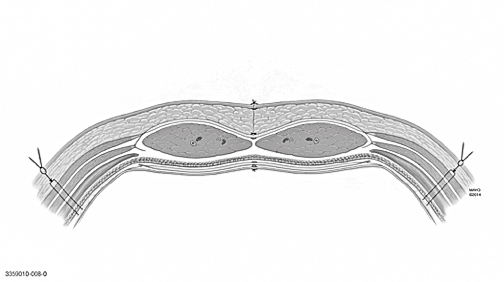
Mesh placement.
Postoperatively in the hospital there will be monitoring equipment used to monitor the patient’s progress.
Complications
- Wound infection.
- Haematoma/seroma—blood or fluid collection.
- Wound dehiscence (wound edges separating).
- Wound slow healing.
- Hernia recurrence.
- Other complications of major general surgery such as Deep Venous Thrombosis (DVT) and chest infection.
Complication rates can be calculated on individual patient’s basis based on the CeDAR application.
Postoperative care
These repairs are considered major surgery and will require you to stay in hospital for several days.
Please also see: Hernia – overview
Please also see: Hernia – overview
Clinical Associate Professor Hairul Ahmad MBBS FRACS
Upper Gastrointestinal, Advanced Laparoscopic and General Surgery
Perth, Western Australia
Perth, Western Australia
Practice Details
Suite 12, Waikiki Specialist Centre,
221 Willmott Drive, Waikiki WA 6169
Please call (08) 9592 2298 for an appointment.
Fax: (08) 6314 1524
or email us
Office hours
9am–4pm Monday to Friday
Affiliations
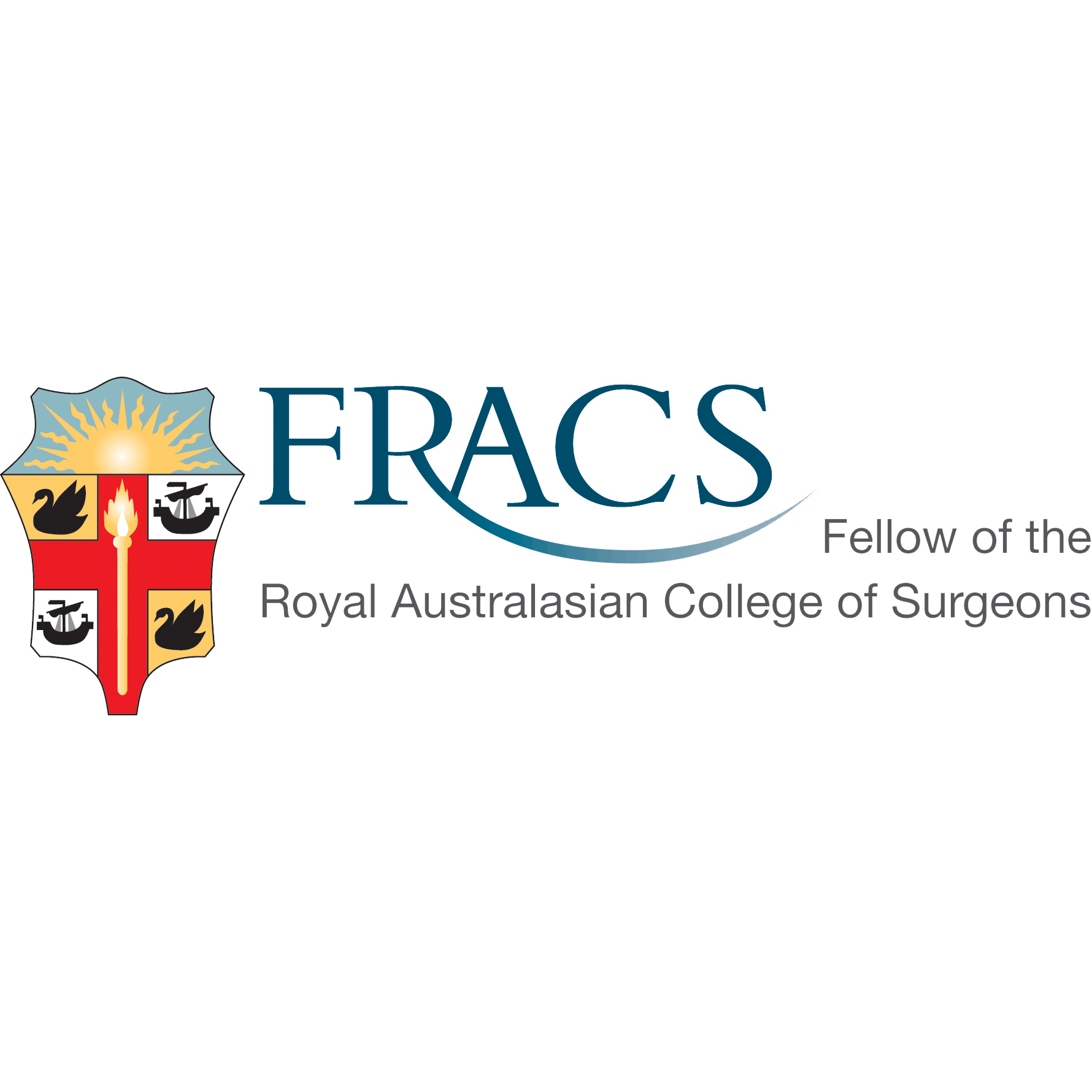

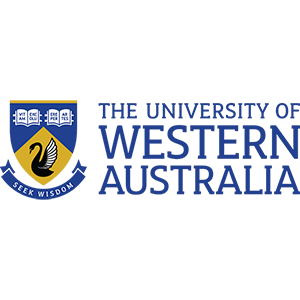

© 2022 Perth General Surgery.
All Rights Reserved. Content and images on this website are subject to copyright.
